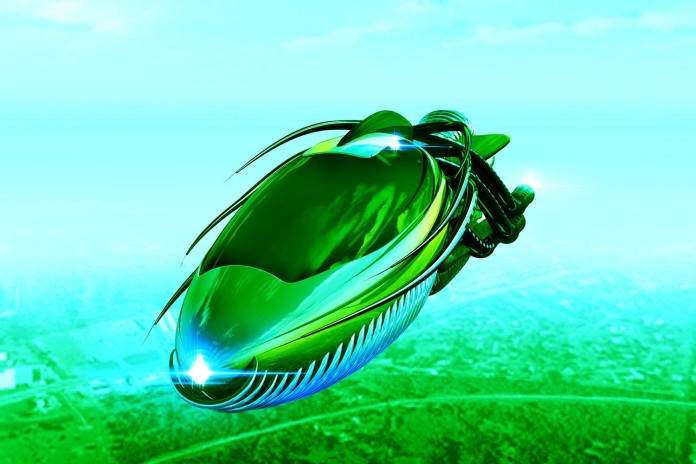
Going green is usually associated with cars like Tesla and Nissan Leaf, but NASA is looking to take the concept beyond our atmosphere. With the help of solar electric propulsion, the agency hopes to not only save money but create a technology with greater thrust and efficiency for deep space missions.
NASA GOES GREEN FOR THE COST OF 837 TESLA’S
NASA was just awarded a $67 million dollar, 3-year contract to Aerojet Rocketdyne to help the agency develop a new solar electric propulsion system. That’s roughly the cost of 837 Tesla Model X’s. Just like the Tesla, these new engines will go much farther with a lot less fuel. The technology is said to deliver twice as much thrust and be 10 times more efficient than chemical engines. As NASA looks to go further into deep space, this would surely come in handy. This could turn out to be one of the most important missions for the space agency that could redefine their entire operation. Aside from Mars missions and further planetary adventures, the agency plans to use the technology on the upcoming Asteroid Redirect mission. Tesla and Nissan Leaf may be saving the world here on Earth, but leave it to NASA to go green and full ‘Armageddon’ at the same time.
WILL THERE BE A NISSAN LEAF MARS ROVER?
A recent press release had the space agency saying that the propulsion system will be used in the upcoming Asteroid Redirect missions. These missions will hope to explore the ways we can deflect an asteroid heading our way. The technology will also help with manned mars Mission in 2030. Perhaps we will see a Nissan Leaf or Tesla rover along for the ride. It would certainly fit the trend. In comparison, the new propulsions system has much lower thrust, but greater fuel efficiency. Just a small amount of power can provide thrust for longer periods of time. This works particularly well in the vacuum of space or long mission flights.
SOLAR POWER TO EXPLORE SPACE
Unlike Nissan Leaf, the SEP engines will be converting solar energy into electricity. The craft will use that electricity to accelerate ionized propellant at high speeds. NASA has been refining the development of this technology for five decades, believe it or not. Way before the first Nissan Leaf graced our roads. It finally looks like efforts are becoming solidified. The electric propulsion system will have a great effect on the agency in the coming years.

















